How to Save Seeds for Your Next Garden – A Beginner’s Guide
Saving your own seeds is a wonderful way to save money in the garden and ensure you have seeds to plant next year. (Remember when seed companies ran out of supply in 2020?) But even more than the practical benefits, it is so rewarding to save your own seeds to be able to use in your garden the next year — and in years to come!
But how does a beginner save seeds? First, you’ll need to know some basics. From there, the actual process of saving seeds is pretty simple. Let’s explore how anyone — even a beginner — can start saving seeds for next season’s garden and beyond.
Variety of Plants
In order to save seeds from the crops you already grow, you need to ensure your plants are proper candidates for seed-saving.
Can you save seeds from hybrid plants?
Hybrid plants are not ideal for seed saving because they may not grow true to the original plant. (You can definitely try it for fun, but don’t save the seeds if you’re depending on the crop to grow true to the original plant next season.)
Are open-pollinated and heirloom seeds the same?
Instead, open-pollinated varieties (including heirlooms) will create the same seed of the mother plant. These are the ones you want to choose. The main difference between open-pollinated and heirloom seeds is history. Depending on the seed saver organization, heirloom seeds can indicate a history of a seed anywhere from 20 years old to 70 years old. For the purpose of seed saving, both heirloom and open-pollinated seeds can be saved.
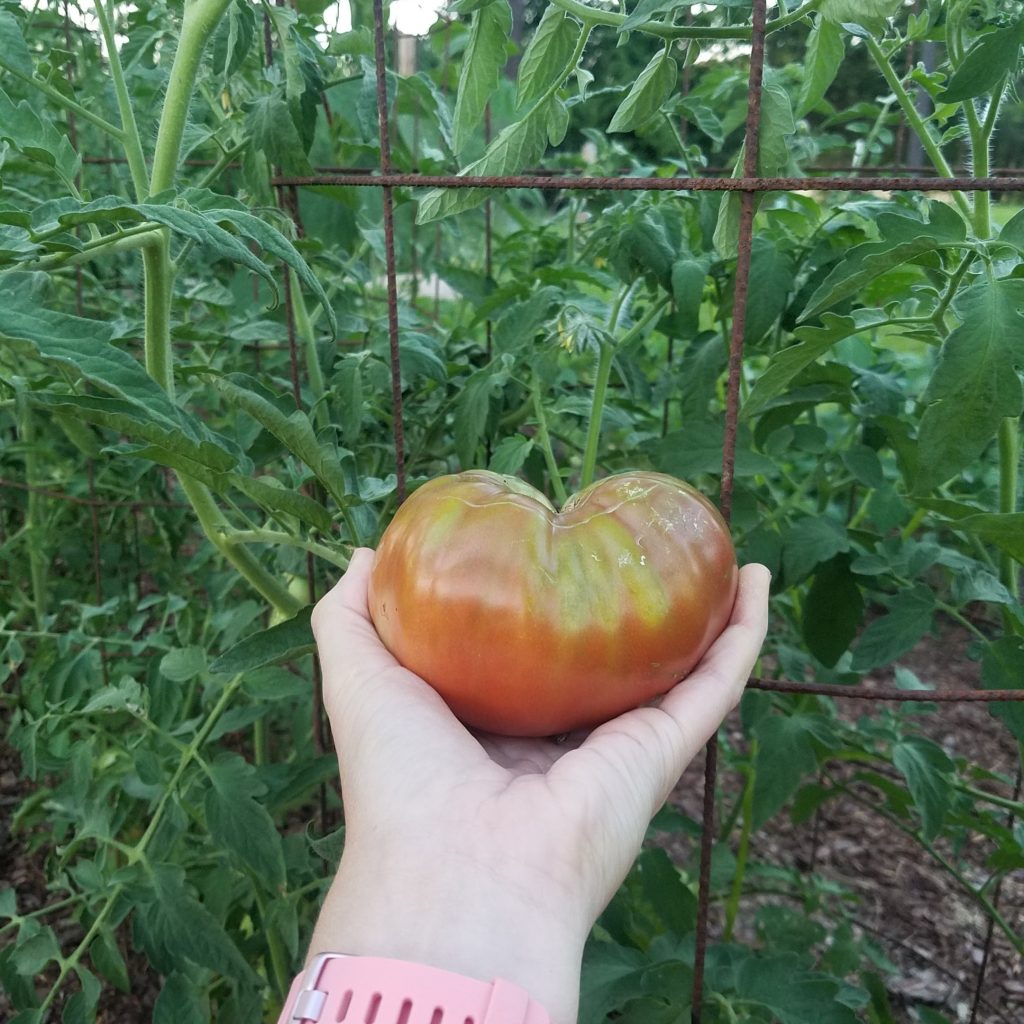
How do you know whether your plant is open-pollinated or hybrid?
If you didn’t start your garden with the purpose of seed saving, you may wonder which plants in your garden from which you can save seed. Thankfully, with just a bit of detective work, you can find out.
First, look at the seed packet. Many packets will list whether a variety is an heirloom, open-pollinated, or hybrid seed. Also a note — if you see F1 beside the name, this is a hybrid. Another clue is where you bought your seeds from. Some seed companies such as Seed Savers Exchange, Baker Creek Heirloom Seeds, and Southern Exposure Seed Exchange only sell open-pollinated varieties. Some companies, like Territorial Seed, Johnny’s Selected Seeds, and High Mowing Organic Seeds, sell both, but they label their seeds either on the packet or in the seed catalog.
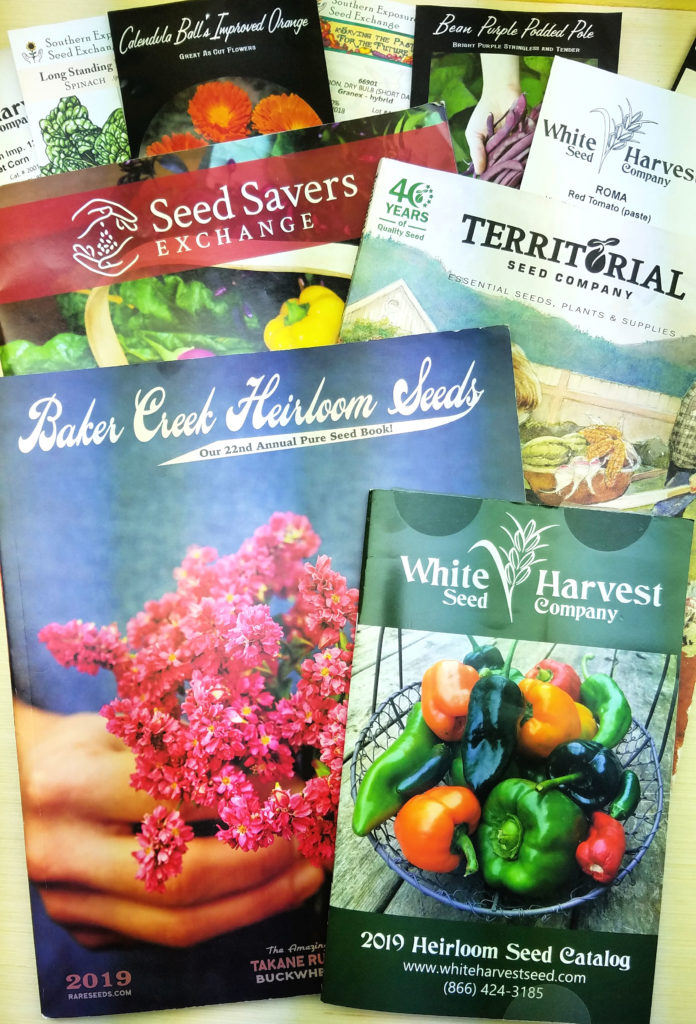
If you bought your plant as a transplant at the garden center or nursery, look for the plant tag. Sometimes the tag will indicate whether the plant is a hybrid. If not, use a search engine. A simple search of “Is Marketmore cucumber a hybrid” will usually answer your question.
Cross-Pollination and Saving Seeds
Once you know your plant is an open-pollinated candidate for seed saving, there is one more factor you must consider before saving seed. Just as hybrid plants are intentional crosses between two varieties, open-pollinated plants can cross-pollinate between each other, creating an unintentional hybrid.
For example, you can have a summer squash and a zucchini plant that bees will transfer pollen between. Resulting seeds will include characteristics of both plants and are unreliable for seed saving. Where this gets difficult to apply to seed saving in your garden is knowing which plants are more likely to cross-pollinate and which ones aren’t.
Which plant varieties can cross-pollinate with one another?
Before we get into particulars, here’s a concept to keep in mind: plants of the same species can cross-pollinate (whether they will, will be discussed below). How do you find out your plant’s species? Use a search engine again, and type the variety or type of plant with the terms “botanical name” at the end of the search.
For example, if I want to know whether the bell peppers I planted next to my jalapeno peppers are candidates for seed saving, I’d type in two searches:
- Bell Pepper Botanical Name
- Jalapeno Pepper Botanical Name
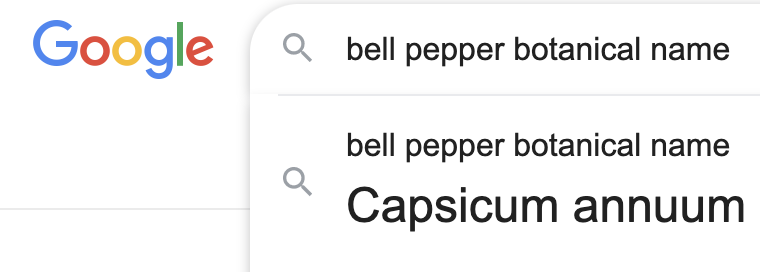
In both of these results, I see that the botanical name is Capsicum annum. Annum is the species, which means that the bell pepper and jalapeno pepper can cross. Since they are planted mere inches from each other, I will not risk saving seeds from either plant.
For another example, let’s say I want to know, “Will zucchini cross pollinate with cucumber?” In a similar search, I find out that zucchini’s botanical name is Cucurbita pepo, whereas cucumber’s botanical name is Cucurbita sativus. Since these plants in the Cucurbitaceae family are different species, I now know that zucchini and cucumbers will not cross-pollinate. Therefore, I could save seed from each of them.
Distance Between Cross-Pollinating Plants for Seed Saving
If you’re growing two plants of the same species, not all is lost when it comes to seed saving. Some plants, like tomatoes, beans, and peas, are generally self-pollinating and the risk of cross-pollination is low. I save seeds from these plants yearly without worrying about cross-pollination. Occasionally I’ll find an anomaly but usually, the seed stays true to type.
Some plants, like corn, can cross-pollinate miles apart via wind. In this case, you’d want to plant only one variety and make sure no neighbors or farms nearby are growing corn!
And others, like squash, are limited only by the distance bees can travel to take pollen from one flower to another.
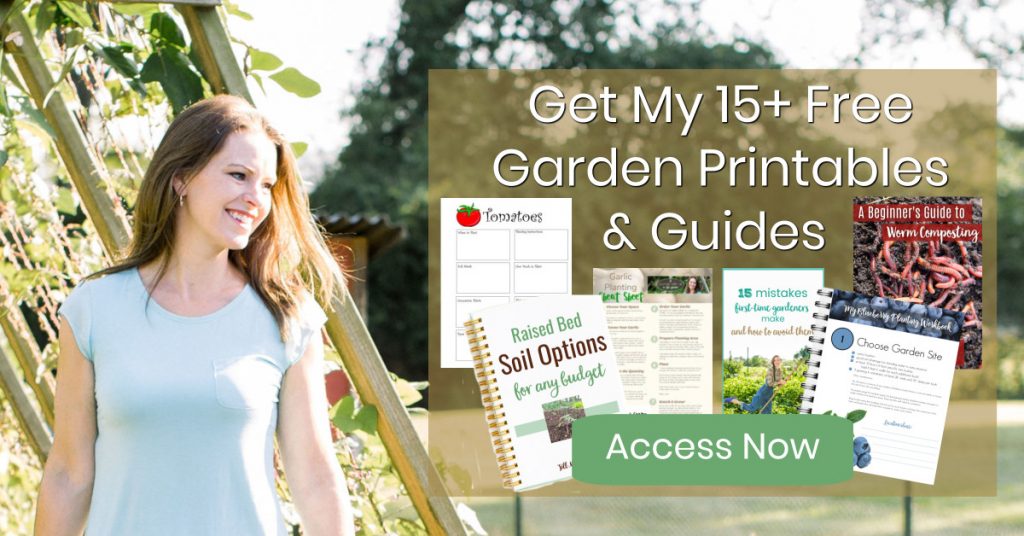
When it comes to distance between these plants that rely on pollinators, sometimes it’s a matter of lowering the risk of cross-pollination rather than eliminating it in the home garden. After all, a home gardener doesn’t have a half-mile to separate a summer squash and zucchini plant. In that case, placing these two varieties, for example, on opposite sides of a structure with other flowers in between would lessen the chance of cross-pollination. I also have personally planted two different okra varieties on opposite sides of my 2,500 square-foot garden for years and have never seen a cross in subsequent plants from the seed I’ve saved. However, I have had Italian basil and cinnamon basil planted six feet apart cross-pollinate to form basil the following year that looked like Italian basil but tasted like cinnamon basil.
To lessen the risk of cross-pollination, first, it helps to find out precisely how much distance should be between two plants of the same species for seed saving purposes. Then adjust as needed for your garden, understanding the risks involved. Seed Savers Exchange offers this chart for quick reference. If you find that separating plants isn’t possible in your garden, consider planting at different times so the flowers aren’t in bloom simultaneously. For example, plant summer squash in the spring and zucchini in the fall.
Harvesting Seeds
Saving seeds from fruiting plants is usually the easiest to start with. When the fruit is fully mature and ready to harvest for seeds, you get to have fun scooping out the seeds! First, you’ll want to select fully ripe fruit. Tomatoes should be completely ripe; cucumbers turn yellow or orange; zucchini may grow to the size of a baseball bat; okra, beans, and peas become brown and dry; and peppers are completely red.
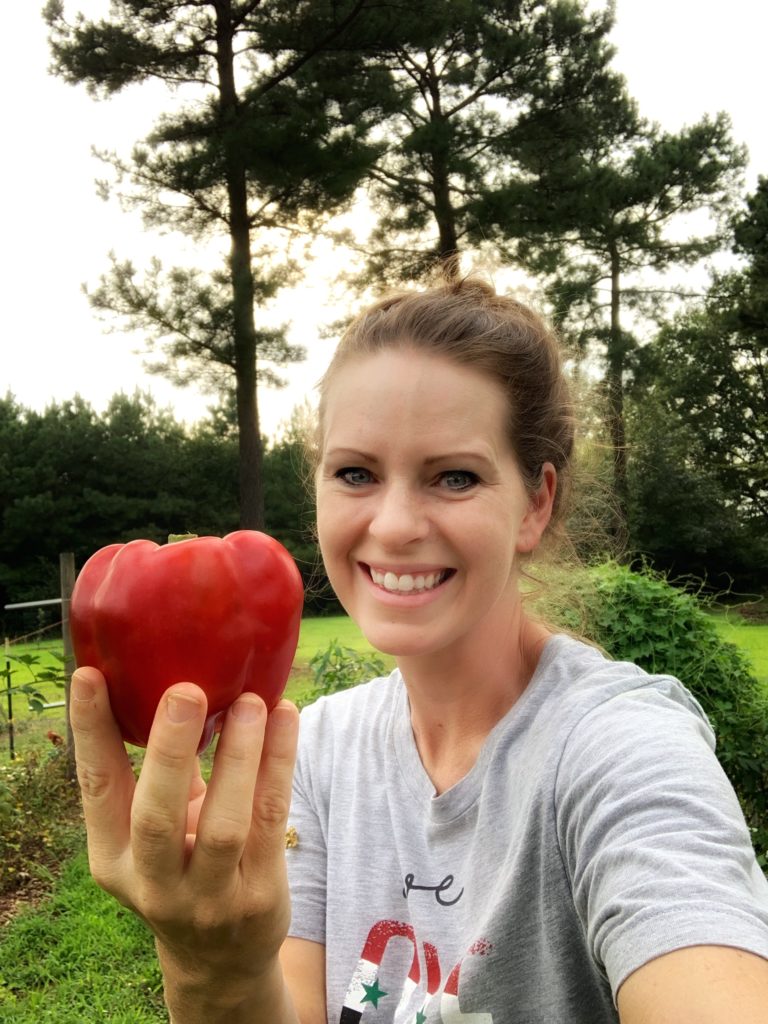
It’s important to wait to harvest the seeds from these fully-mature fruit. Harvesting a green pepper, for instance, will not produce viable seeds. If in doubt, continue to wait. After all, that’s what nature does on her own!
Saving Seeds of Tomatoes and Cucumbers
Most seeds can simply be harvested and dried. But other seeds, like cucumber and tomato, require an extra step of fermentation. Don’t worry, this isn’t as complicated as it may seem. Just place the seeds in a glass of water for a couple of days. Then, skim off the scum at the top of the water, rinse the seeds (a fine-mesh sieve is good for this), place them back into a clean glass, and fill with water again. Viable seeds will sink, and non-viable seeds will float. When all the seeds have sunk (you may need to repeat the process above a few times), do a final rinse of the seeds, and lay in a single layer to dry.

Dry the Seeds
All seeds need to dry completely before storing. In most cases, this requires laying them in a single layer in a well-ventilated location for several days. How do you know they’re dry? If you can take your fingernail and place a dent in the seed, they need to dry longer. If the seed doesn’t indent, you can pack and store the seeds (in a cool and dry location for best shelf-life).
Non-fruiting Plants
How do you save seeds from plants that do not produce fruit, like lettuce, brassicas, and root crops?
Lettuce and Greens
With lettuce and greens, you wait until it bolts and flowers. When the pods start to get brown and dry, they are ready. One option is to purchase lettuce bags to catch the light, airy seeds.
Brassicas
With brassicas, which are one of the most challenging families to save seeds from, they will flower in their second year unless they prematurely bolt. Keep in mind, brassicas will readily cross-pollinate with one another, so check the species first. But also, consider the flowering time. Your mustard greens may start flowering weeks before your kale, and as long as the flowering time doesn’t overlap, you could save seeds from each.
When the flowers of brassicas are pollinated, they will form long pods. After these pods turn brown and dry, you can shake the seeds out.
Root Crops
Beets, carrots, turnips, and onions are biennials, which means they flower and set seed in their second year. In warm areas, they can winter in the ground, which means your fall-planted carrots may begin to flower in the summer of the following year. (In cooler areas, you will need to put them in a root cellar over the winter and plant them again in the spring.) After they flower, the pods will eventually turn brown and you are able to harvest the seeds.
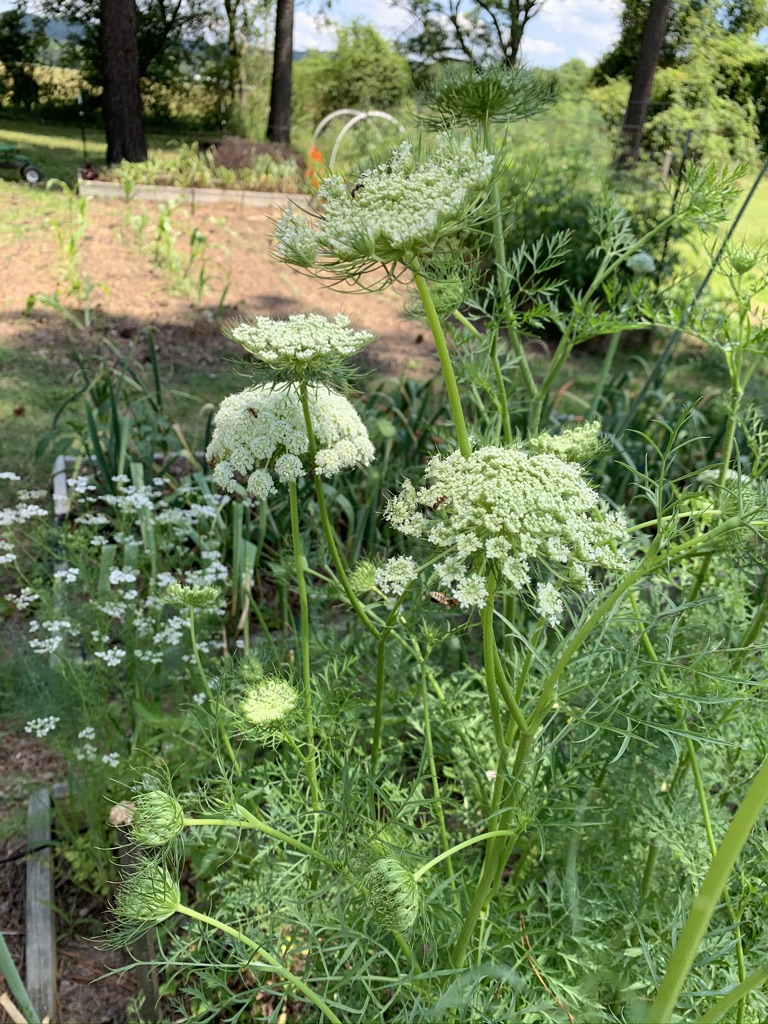
Getting Started Saving Your Own Seeds
Though we’ve gone into more detail than most beginners will need in this article, my advice is to begin somewhere! I started saving okra seeds as a first-year gardener and have been growing okra from that same seed year after year since then. (Free okra!!)
After okra, I moved on to black-eyed peas and pole beans. Eventually, tomatoes, peppers, and watermelon joined my stock. And now I’m venturing into carrots, kale, and lettuce.
Not only will saving your own seeds save you money (how many times has that seed packet order added up quicker than we anticipated?), but you will also go into winter knowing that you don’t have to depend on others to make sure you can grow your own garden next season.
Saving seeds brings us back to our gardening roots and can be an activity to share with others. When we save seeds, we bring a piece of history with us. By getting started this year, you can begin a journey to adding yet another rewarding dimension to your home garden.
More Resources
For more information on saving your own seeds, visit these resources from Seed Savers Exchange.
And in Episode 147 of the Beginner’s Garden Podcast, I talk with Philip Kauth of the Seed Savers Exchange about how to get started saving seeds from what you are already growing in your garden.
Do you get overwhelmed with garden planning?

Subscribe here for my best tips to plan your garden in just 7 days -- all for FREE.
Plus, I'll send you my "In the Garden E-mail" on Fridays, periodic updates on garden resources relevant to you, and you'll receive access to my entire bank of free garden downloads!
You are also agreeing to our privacy policy.
